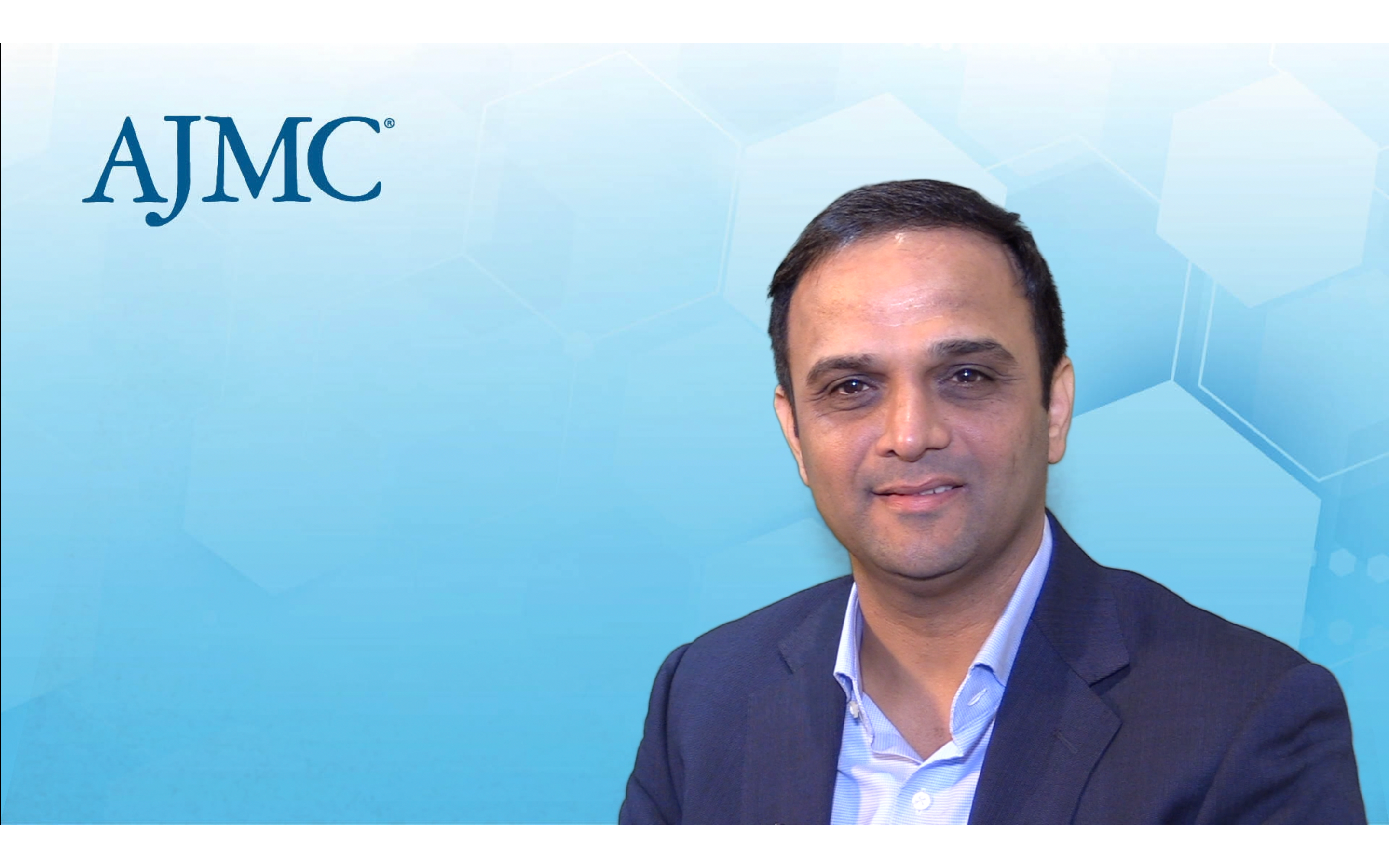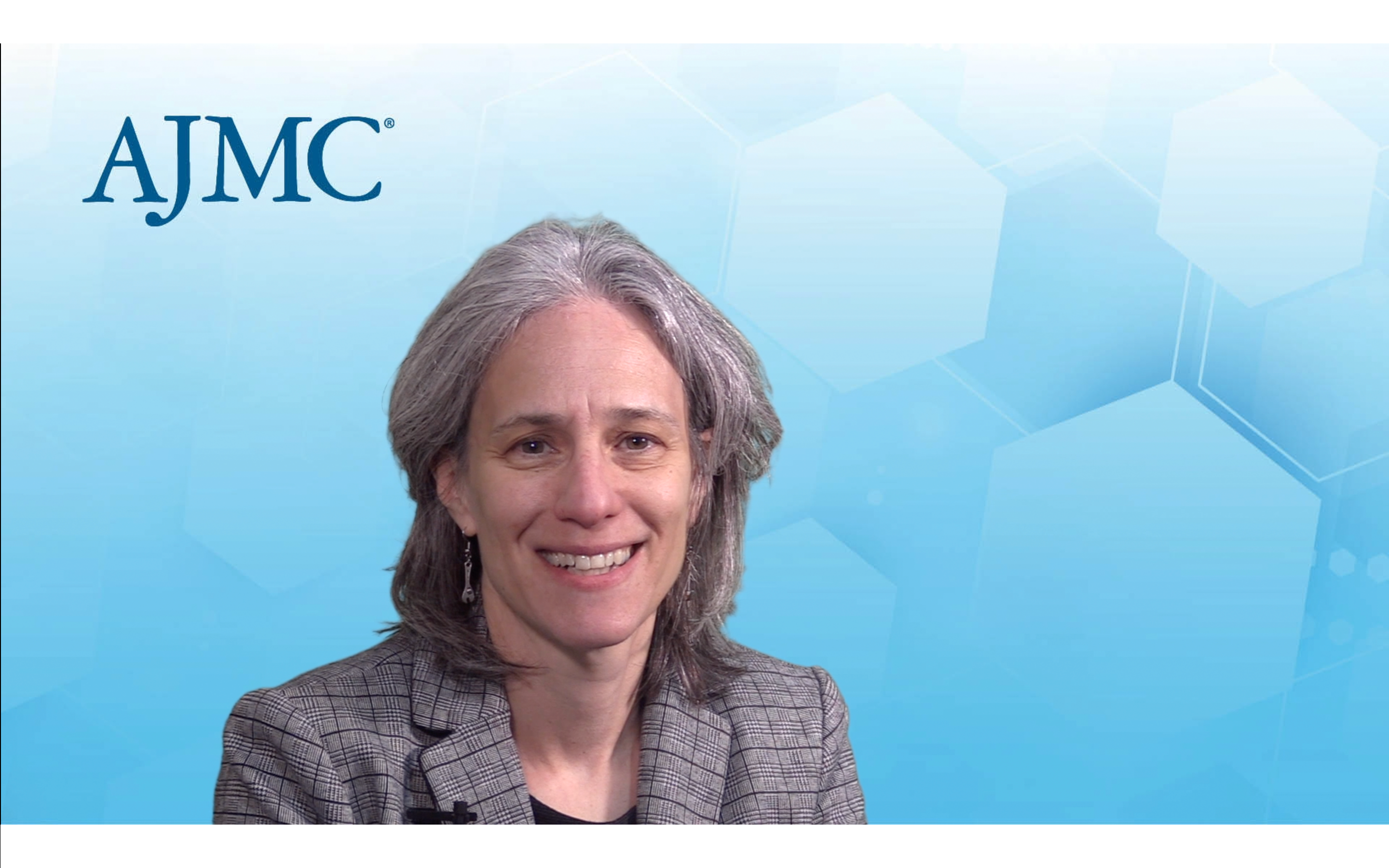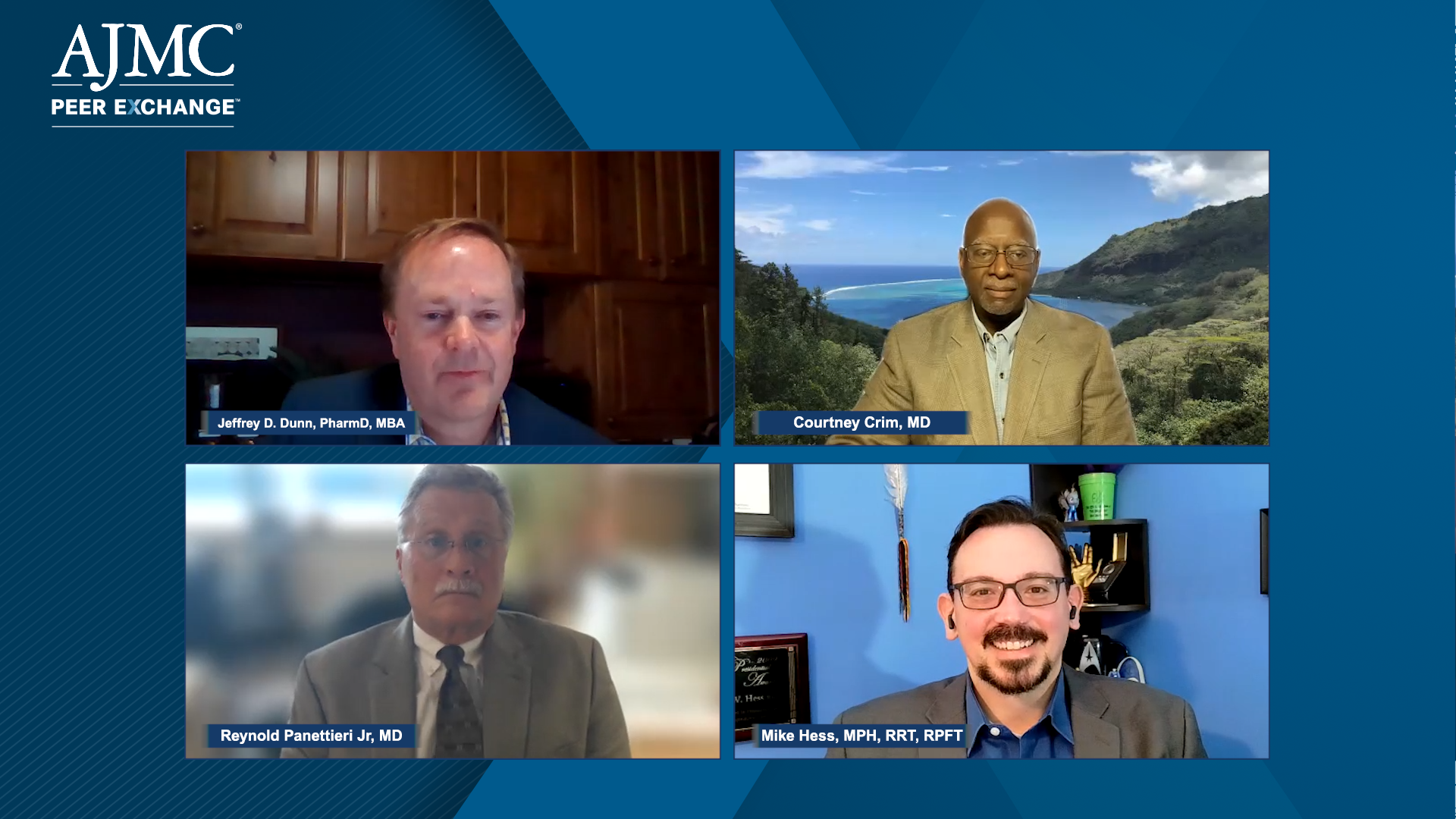Video
COPD Disease Burden
Healthcare stakeholders recognize the large prevalence and burden of chronic obstructive pulmonary disease.
Transcript
Neil B. Minkoff, MD: One of the things I’m curious about, to try to understand as we go through this conversation, is what’s the prevalence of COPD [chronic obstructive pulmonary disease]? And then what does that mean in terms of the economic burden of disease?
Byron Thomashow, MD: Sixteen million diagnosed. Thirty million, probably, total in this country. Many of them are undiagnosed. Over 300 million around the world. This is a major health issue, and one which is not going away. It’s a disease that impacts every level. It’s not just a disease of older adults. The majority of people with COPD are in the workforce, which as Maria knows, leads to issues of absenteeism and presenteeism. It has tremendous financial burden, beyond the $50 billion a year in medical costs.
Maria Lopes, MD, MS: Absolutely. Yeah, and just to add to what Byron was saying, on the health-cost side we’re seeing over 400,000 admissions a year responsible for this condition. Often, these patients can be readmitted. ER [emergency department] visits, antibiotic use—not to mention PCP [primary care physician] visits, pulmonologist visits, and other specialists—as well as imaging. We also now have low-dose CT [computed tomography] for screening, and hopefully for early detection of lung cancer for patients who are smokers. There is a lot of focus and effort, and certainly it has not only direct cost impact on the health system, but as Byron alluded to, it leads to absenteeism, presenteeism, symptoms that often lead to additional costs, and a major health economic problem. Actually, COPD is second only to heart failure in readmission rates, so it is important to keep that in mind.
Byron Thomashow, MD: Maria, you might want to stress the presenteeism issue. It’s easier for businesses if someone doesn’t show up. If they have work to be done, they can find someone to replace them. If someone shows up but is not well enough to work to the level you’re used to, which is what presenteeism is, it’s much more difficult for businesses to understand that, and it makes defining the impact of that much more complicated.
Maria Lopes, MD, MS: Yes. It’s challenging, though, to measure. I think most payers would have a hard time…. Obviously, if it’s their own employee, that may be important, because we’re all consumers of healthcare. But for a large employer, what that may mean not only in terms of absenteeism but also, you’re absolutely right, presenteeism—how much more productive somebody could be if they were fully functional. Absolutely.












